BAE Systems is developing a promising 155-mm NGAA artillery shell
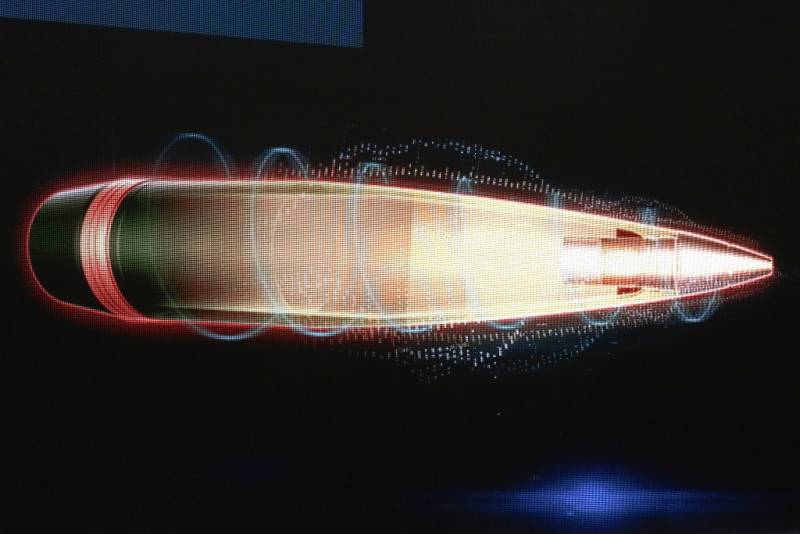
Promotional cutaway image of the NGAA projectile
The UK and other NATO countries are facing dwindling stockpiles of artillery shells and are planning to replenish them. In this regard, BAE Systems began developing a new 155-mm projectile with the code NGAA. In terms of tactical and technical characteristics, it will not be inferior to current ammunition, and its production will be simpler and cheaper, which will speed up and reduce the cost of rebuilding arsenals.
Perspective development
On September 12-15, the military-technical exhibition DSEI-2023 was held in London. One of its main participants has traditionally been the international corporation BAE Systems, which presented a number of already known and completely new models. In particular, its British branch BAE Systems Land UK, specializing in ground systems, presented the NGAA (Next Generation Adaptable Ammunition) artillery projectile project.
The NGAA projectile and its future variants are being created as a promising replacement for the British L15 family of ammunition. It will also be able to replace shells of other models that meet NATO standards. It is expected that the NGAA will be of interest not only to the British, but also to foreign armies that have the appropriate weapons.
BAE Systems reports that the NGAA project takes into account the operating experience of the current generation of projectiles, as well as the current problems of the NATO ammunition industry and proposes solutions for them. Due to a number of new design and technological ideas, it is planned to reduce the cost of a serial projectile by 50% or more in comparison with current L15 products. They are also going to develop an electronic fuse that will cost no more than current mechanical ones.
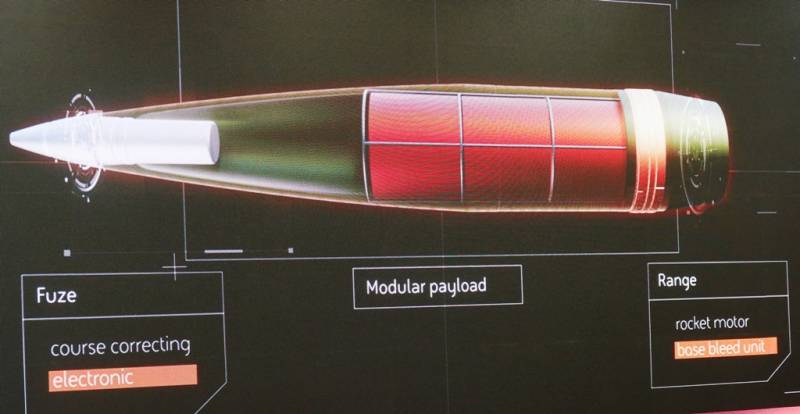
BAE Systems is currently engaged in design work, and the new projectile has so far been demonstrated only in the form of graphic materials. They plan to show finished experimental products by the end of the year. Fire tests aimed at confirming the design characteristics should begin soon after this.
How long the testing and fine-tuning of the new projectile will continue has not yet been clarified. It is likely that test firing and design refinement will take at least several months, and the projectile will be ready for production only after 2024-25.
Technical appearance
According to published materials, the NGAA project envisages the creation of a 155-mm artillery shell of a traditional appearance. Externally and in architecture it will not differ fundamentally from existing L15 products, etc. Due to this, full continuity and compatibility with weapons of NATO standards will be ensured. The maximum diameter of the product is 155 mm, length is approx. 780 mm (without fuse).
The body shape is traditional. The NGAA will retain an elongated ogive head, a cylindrical central section with a leading belt on the outside, and a truncated cone-shaped bottom. A fuse of an existing or future model will be screwed into the head part. The main part of the body will accommodate a charge of one type or another, and a gas generator or a small-sized solid propellant engine will be located in the bottom.
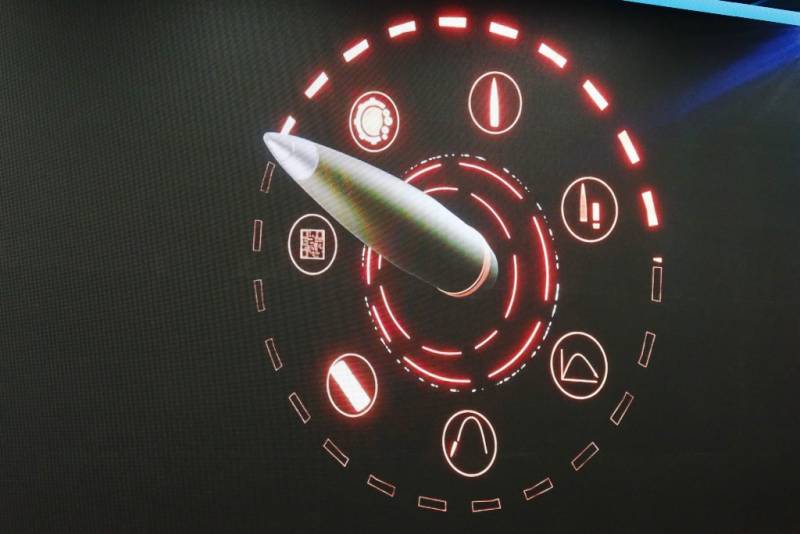
First of all, it is planned to create a high-explosive fragmentation projectile. Its body can accommodate up to 10-12 kg of explosives. The possibility of developing smoke and illumination ammunition with new pyrotechnic compositions is being explored. In the future, jammer shells and other special-purpose products may appear.
An electronic programmable fuse, e-Fuze, is being developed for the NGAA. This device, screwed into the head of the projectile, will detonate at a given point in time or upon impact with the target. In the future, it is planned to create a modification of the e-Fuze for 127 mm naval artillery shells.
The combat characteristics of the new family of projectiles will remain at the level of the current L15. When using a gun with a barrel length of 52 klb, a projectile with a gas generator will fly 40 km, an active-reactive one – 65 km. Accuracy indicators will remain at the level of predecessors.
New approaches
One of the main goals of the NGAA project is to reduce the cost and complexity of mass production of projectiles and fuses for them. In this regard, a new approach to the selection of materials, technologies and components has been proposed. BAE Systems found an opportunity to partially abandon military standards and optimize production technologies.
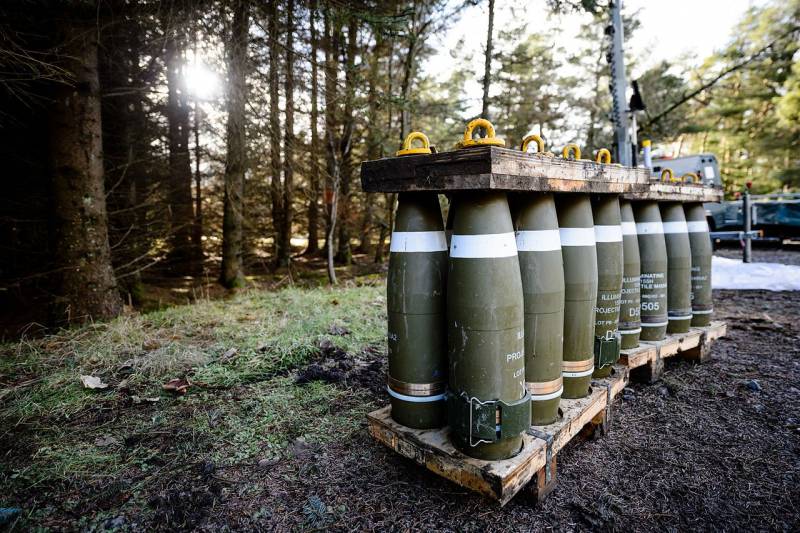
British-made 155 mm L15 family projectiles
It is proposed to manufacture the projectile body in the form of one part, rather than assemble it from several. This will significantly simplify the production of cases and make them less expensive. In addition, the body is going to be made from “commercial” grades of steel instead of special “military” grades. Due to this, they want to expand the circle of potential suppliers of raw materials to create competition, reduce prices and increase the reliability of supplies. It is also necessary to reduce the role of special technological equipment so that more contractors can be involved in production.
A new explosive formulation is being developed for the basic NGAA high-explosive fragmentation projectile. This work should be completed by the end of this year. In the production of new explosives, Resonance acoustic mixing technology will be used, which will significantly speed up the technological process. Pyrotechnic compositions based on “new generation red phosphorus” New Generation Red Phosphorus are also being developed.
The e-Fuze electronic fuze will also be simple and cheap. It intends to use commercially available components that meet the design loads and other requirements, but have a limited cost. It is expected that in mass production such a fuse will be no more expensive than a standard mechanical one.
In general, it is proposed to abandon specialized “military” solutions and widely use technologies and equipment available outside the ammunition industry. This approach will allow a wider range of enterprises to be involved in the production of projectiles, obtaining the required production rates and costs. At the same time, it will be possible to quickly increase the production of shells and cover the needs of customers.
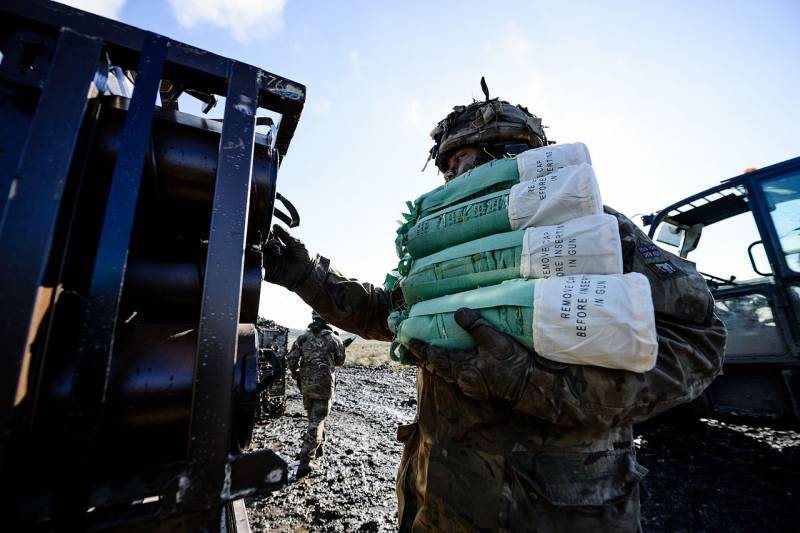
Cartridges with propellant charge used on AS-90 self-propelled guns
Problems and solutions
Since last spring, Britain and other NATO countries have supplied the Kyiv regime with more than 2 million 155mm shells, not counting other ammunition. Shells were being pulled out of stock and supplies were reducing available stock. Now it is necessary to replenish its own arsenals as quickly as possible, as well as create reserves for new supplies to Ukraine. The only way out of this situation is to launch full-scale production capable of covering all the needs for shells.
Last year it became known that the military-industrial complex of European countries has limited production capabilities. Its ammunition industry simply cannot cope with the production of the required number of shells in a reasonable time. Restoring the necessary capacity and reaching the required pace is a separate problem.
In such a situation, non-standard solutions are required, and BAE Systems Land UK offers a way out of this situation. Its new NGAA project provides for serious optimization of the design and production technologies of the projectile. At the same time, it is believed that the main characteristics can be maintained at the level of existing samples or even improved.
In general, the ideas of the NGAA project look interesting and are capable of solving the assigned tasks, ensuring the expansion of production. However, it is unclear whether all these solutions can be implemented within the current British industry or with the involvement of European contractors. It cannot be excluded that enterprises from outside the ammunition industry will not be able to quickly master the necessary production, and this will become an additional problem.
According to the information announced, the NGAA projectile will be tested next year. The tests will be completed no earlier than 2024-25. This means that mass production, even in the absence of any new problems and difficulties, will only be able to start in 2025 or later. What will happen to British and NATO artillery by this time is a big question. And BAE Systems, together with potential buyers, no longer have the opportunity to waste time without benefit and real results.
Information